Tag: learn art
-

Are Pastels the Right Choice for You?
Advantages of Pastels: There’s no waiting for pastels to dry. Colors are mixed on the paper, not on a palette, by overlaying or blending them. A wide range of colors are available. No brushes to clean. Easy to use outside the studio. Oil-based pastels can be thinned and blended with turpentine, or scrapped off to reveal […]
-

How Can You be Sure You’ve Chosen the Right Paint?
Quite simply, you can’t be completely sure until you’ve worked with it for a bit. You’ll soon discover whether you enjoy working with it and the results, or not. Be sure that any frustrations are with the paint itself and not because your painting doesn’t look as good as you visualized it. The gap between […]
-

Is Watercolor Paint the Right Choice for You?
Advantages of Watercolor Paint: Watercolors: Mixed with water and brushes cleaned with water. Paint can be lifted off by rewetting. If paint squeezed from a tube has dried, it becomes reusable if you add water. Disadvantages of Watercolor Paint: Watercolors: Being quite transparent, it’s hard to rectify or hide mistakes in a watercolor painting. Need to allow for […]
-
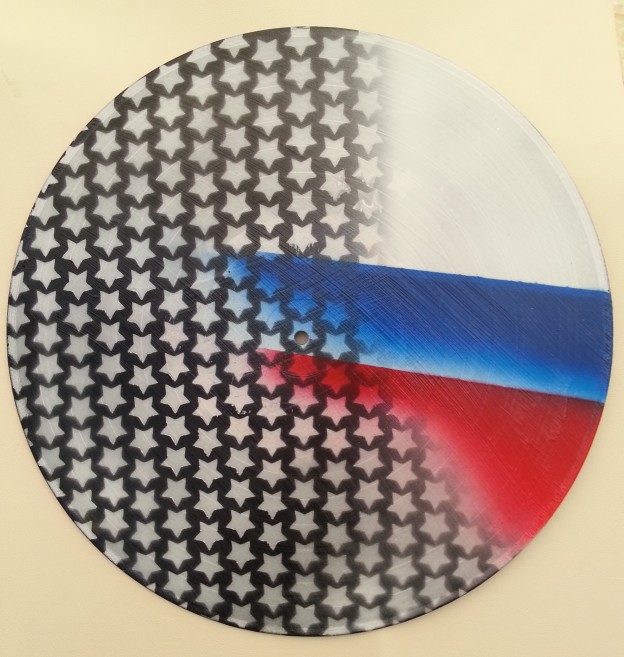
How to Decide What Paint to Use
Having decided you’d like to learn to paint, you obviously need to select what kind of paint you’re going to use. The most commonly used paints are acrylics, oils, watercolors, and pastels. Each has its advantages and disadvantages. Which you select will depend on your personality and, to some extent, where you’re going to paint. […]
-
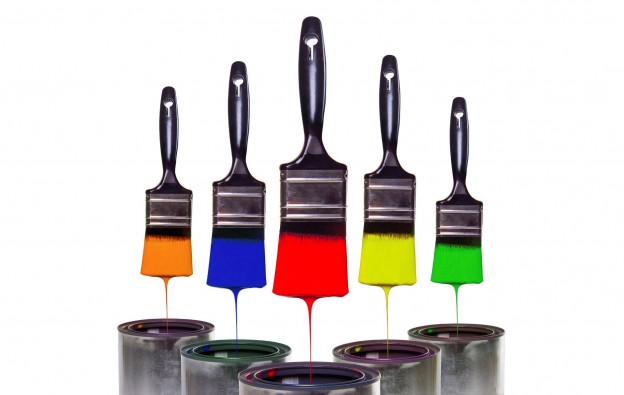
How to Clean Your Paint Brushes
Your brushes are an investment. By cleaning them thoroughly and properly at the end of a painting session, they will last longer. Here’s How: Wipe off any excess paint using a cloth or soft tissue. Gently squeezing the bristles from the ferrule edge outwards with your fingers, or with a cloth, will help remove paint […]
-
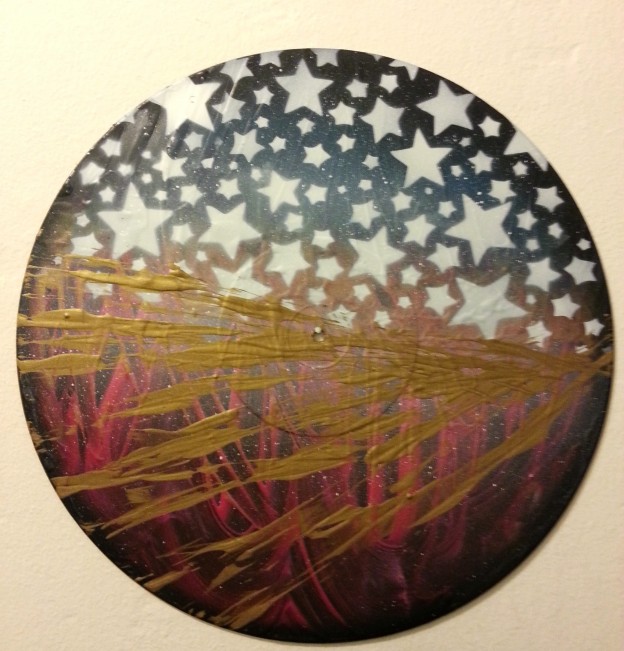
Before You Buy a Painting Easel
There’s nothing to beat an easel for keeping a painting in place while you’re working on it. Working vertically also means you’re working in the same plane as the painting will finally be hung, reduces the risk of spilling anything on it, or dust collecting on it. You can work sitting on a stool or […]
-
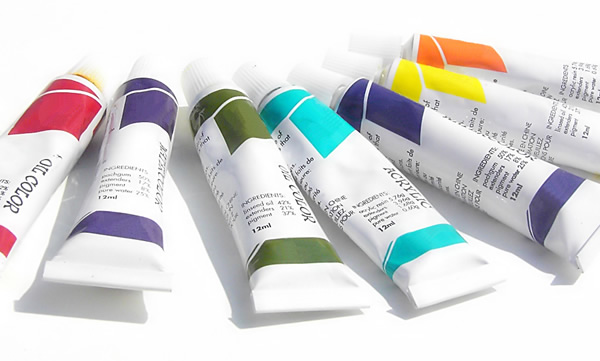
Oil Painting Tips for Beginners
Oil paints are extremely versatile. They can be used thickly inimpasto or extremely thinly in glazes; they can be opaque or transparent. Here are a few tips to help you get the most from your oils. Tip 1: Always lay your oil paints out on your palette in the same order so that, with time, you’ll be […]
-
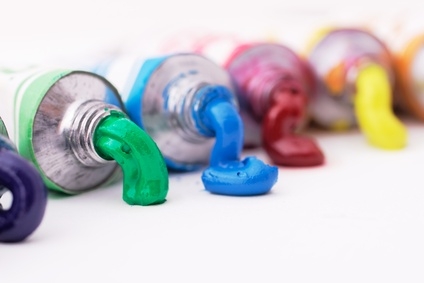
Ways to Ruin a Painting
Not every painting is destined to be a masterpiece, but some paintings are doomed to failure right from the start because of one relatively simple mistake. Here’s a list of five easy ways to ruin a painting… 1. Fried Egg Composition It can be done successfully, but only rarely. When it’s done badly, it’s from […]
-

10 Acrylic Painting Tips for Beginners
Acrylics are extremely versatile, fast-drying paints, and can be used straight from the tube like oils or thinned with water or a medium and used like watercolors. And a lot in-between. Here are a few tips to help you get started painting with acrylics. Tip 1: Keeping Acrylic Paints Workable Because acrylics dry so fast, squeeze only a little […]
-

How to Varnish an Acrylic or Oil Painting
Varnish is more than simply a layer to protect your painting from pollution in the atmosphere and abrasion. It will also bring out the colors to the brilliance they had when you applied them. Difficulty: Average Time Required: Depends on size of painting Here’s How: Ensure your painting is completely dry. Allow several months for an oil […]